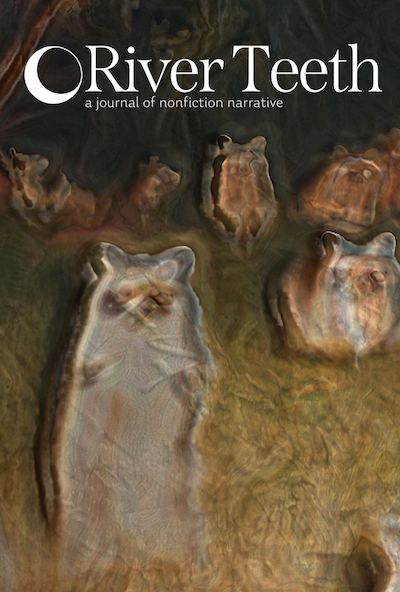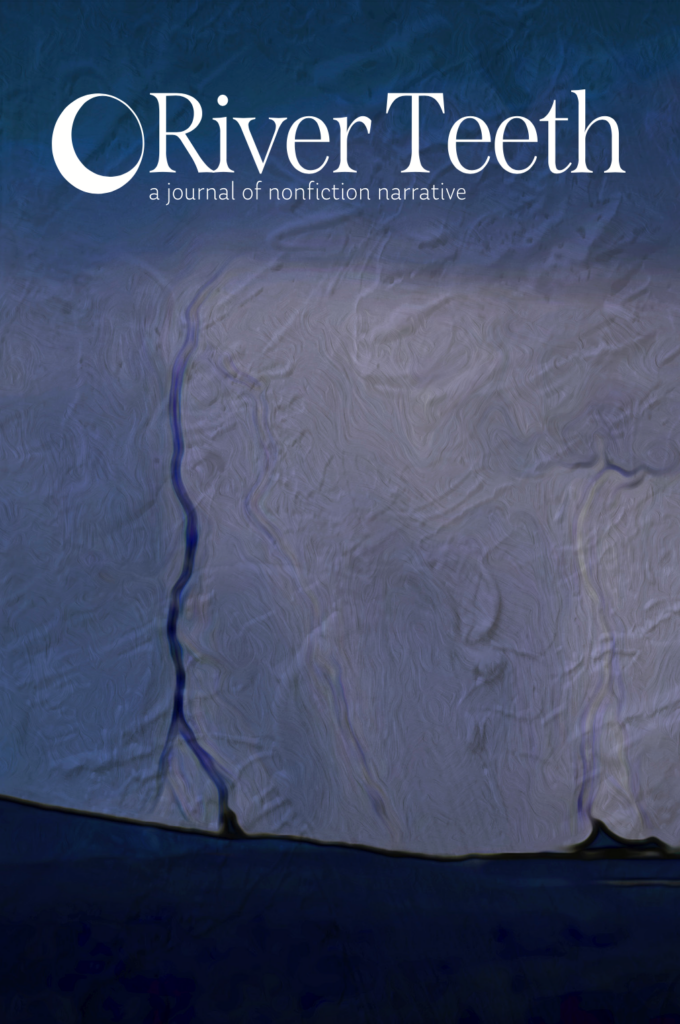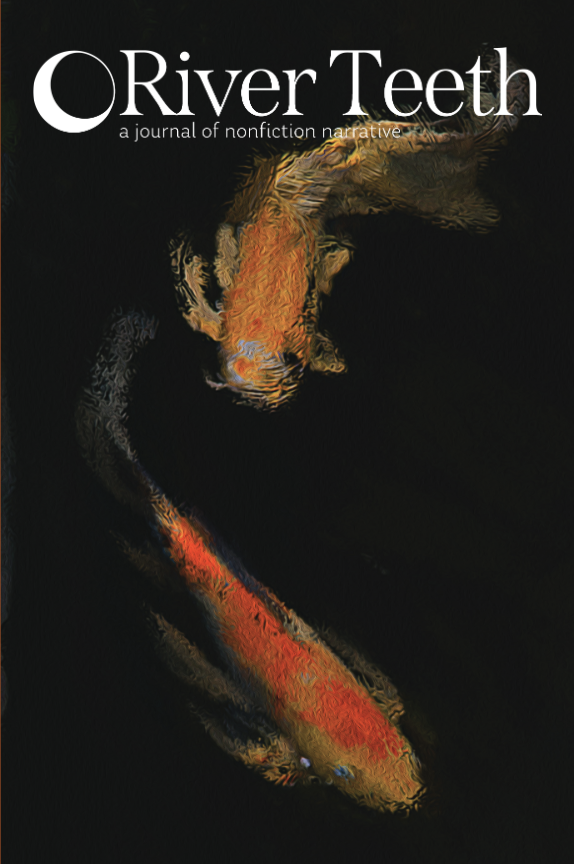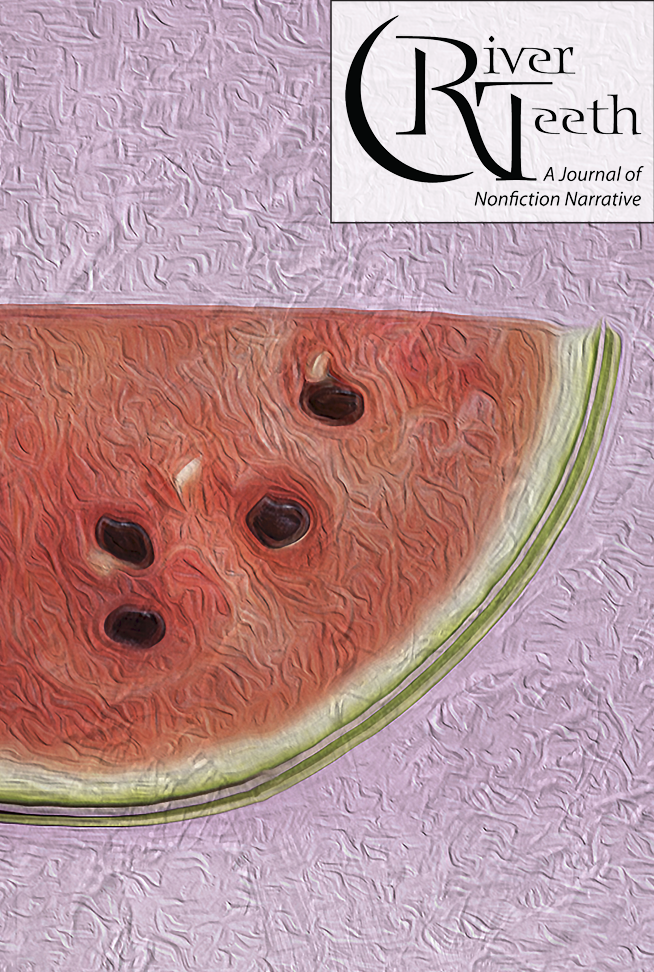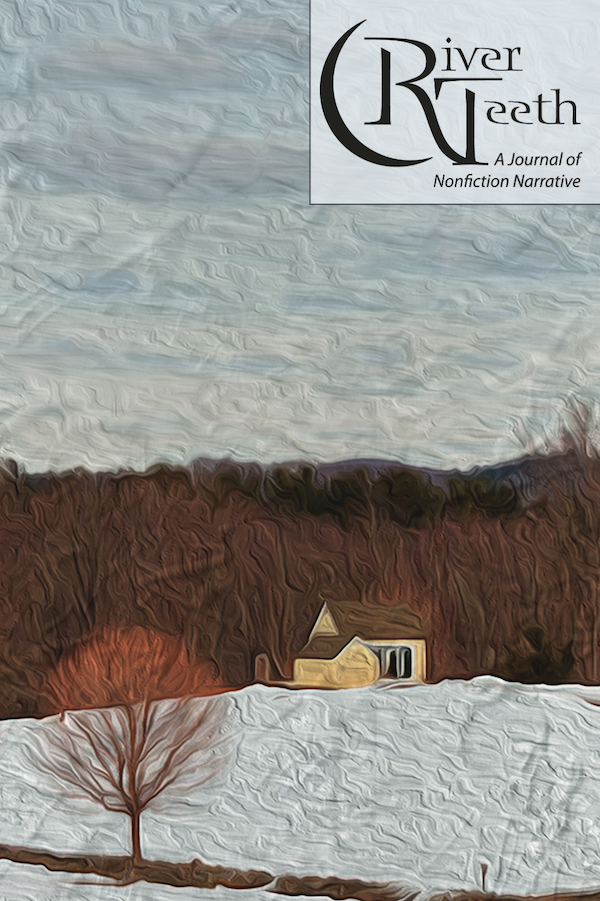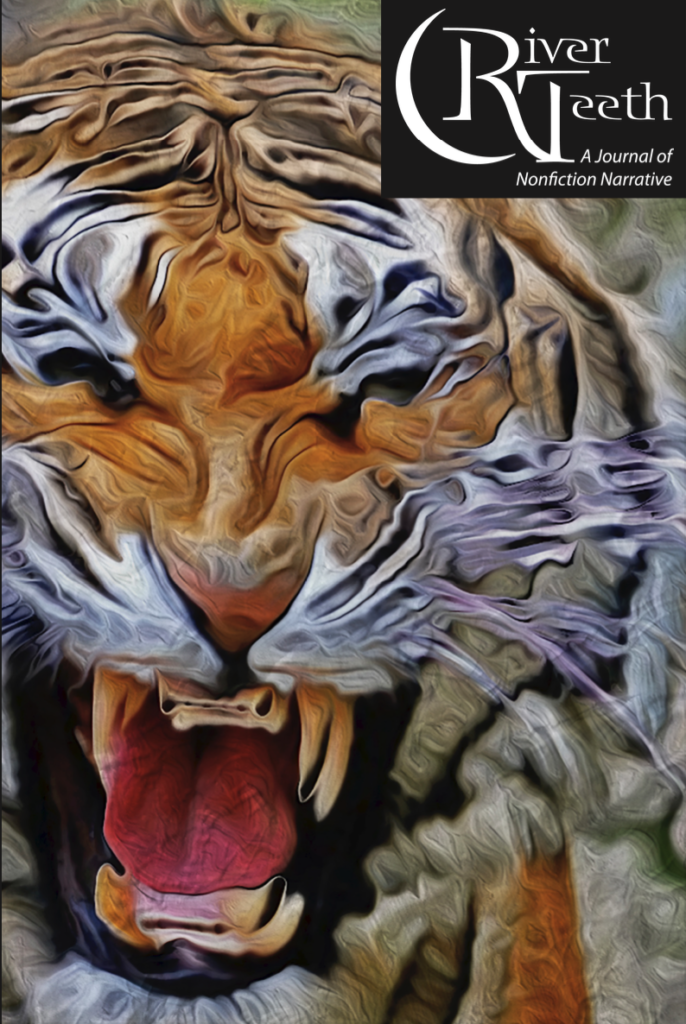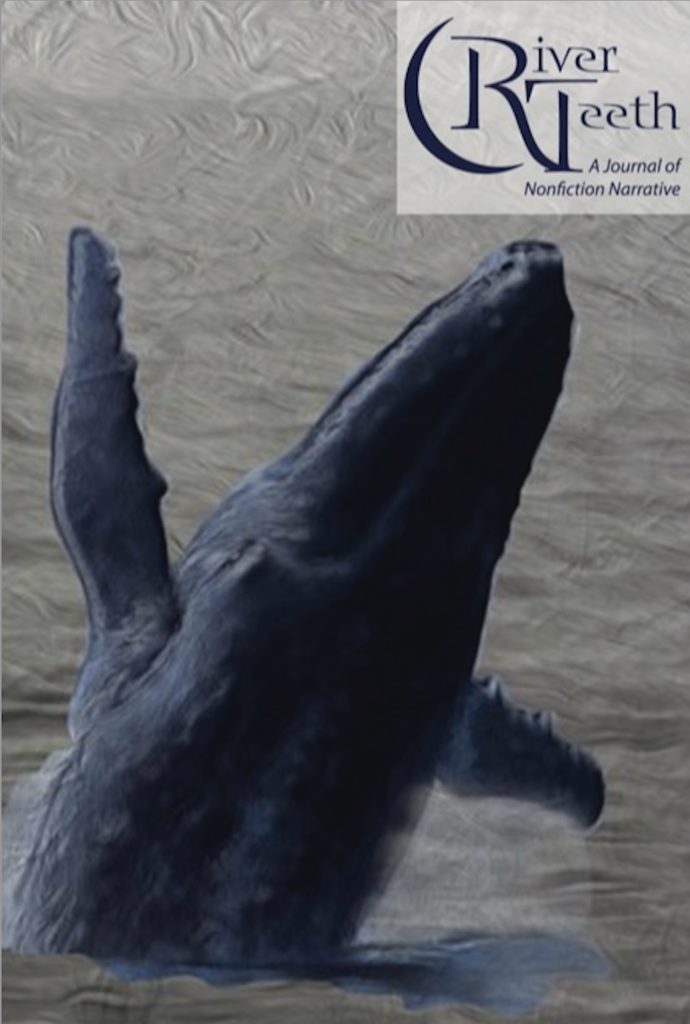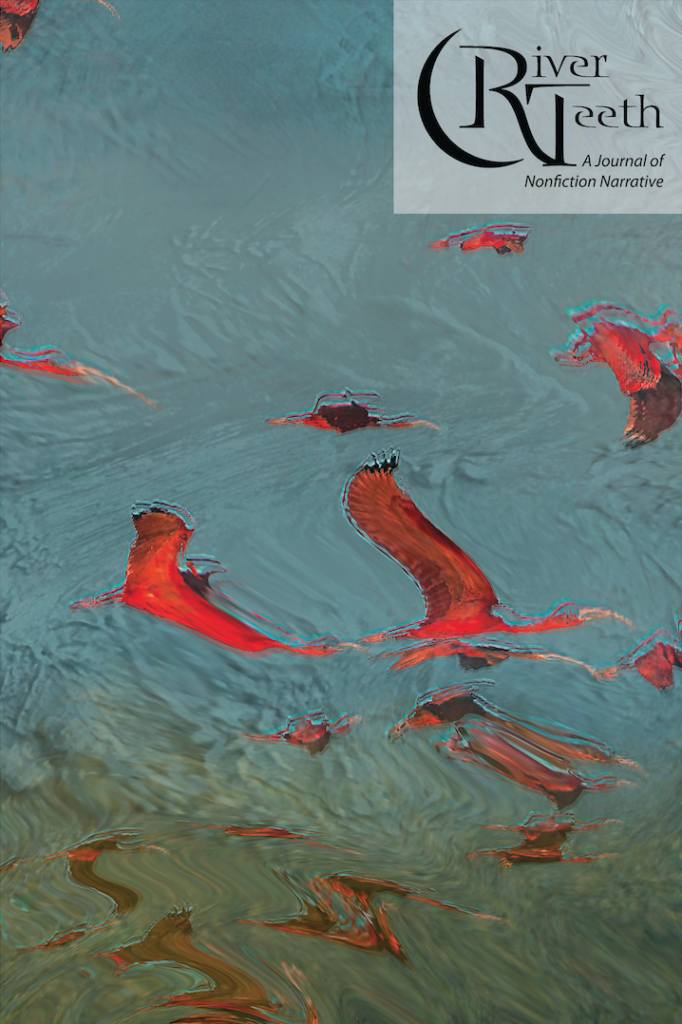By Dan Lehman
Narcissism is much in the news these days, what with the present exemplar-in-chief posting almost daily reminders of the sins of self-absorption and grandiosity. Still, before we dismiss too glibly this comb-over phenomenon, we might as well admit that narcissism can be a charge leveled with some merit at memoir writing and its related nonfiction forms.
Memoir or ME-Moir? Guilty or not?
Two widely read critics who have rebuked creative nonfiction for its supposed self-absorption are James Wolcott and Jonathan Yardley, with the former charging that such writing spawns “an avalanche of needy, self-parodic memoirs” and the latter saying that reading some memoirs is “akin to being locked up in a small, airless, overheated room with a garrulous bore who simply drones on and on and on, talking of nothing except himself.” The root problem, Pulitzer laureate Yardley adds, may be the writing programs “filled with all the self-absorption those places encourage and the tunnel vision it produces.”
Ouch!
We suggest that genuine empathy is a ready antidote: whether in relationships, writing, or politics. In part, other-centeredness encourages us to reach outward for our writing material, but perhaps even more importantly, helps to coax deeply personal stories toward genuine connection with readers. Great verbal storytellers instinctively channel that empathy. They read the eyes, faces, and body language of their listeners and react to what is working well. In short, they borrow the ears of their audience to hear their own voices. By contrast, too many of us seem prone to inhabit solitary spaces, best trained to excavate our own feelings and memories (Yardley’s complaint). While such hard work is crucial to accessing memory and meaning, it can fall short. We might hone our understanding of readers and audience as well: what the audience desires (or even fears) and what it might gain.
The results can be breathtaking. Nothing could be more personal than the complexity of returning home from a tour as a bomb technician in Iraq. Yet Brian Castner, in his “Bethlehem Revisited” in this issue, not only invites the reader into his experience, but he also visits the grieving father of another veteran bomb technician who has since died in a motorcycle accident. Together, the father and Castner prowl Bethlehem, Pennsylvania, searching (mostly in vain) for solace and meaning. The result is haunting, life-changing, sorrowful: sure evidence that Castner is after much more than his own loss, as the readers of his award-winning memoir The Long Walk already know.
In this issue, you will find writers aching for such connection: for glimpses into the lived mysteries of mostly unknown neighbors in trouble. You will meet writers who tote memory and meaning in a palm-sized deerskin pouch, writers who share how they come to terms with their capacity for sudden violence, writers who yearn to say the things they want to say to their loved ones before it is too late, writers who want to teach the reader something about resistance, about infertility, about the bewildering and increasingly alienating medical industry.
You will meet Kerry Muir, a writer who puts you on the pole in front of leering men, who won’t let you go, who wants you to understand what drives her as well as its alienating dangers: “How do you describe movement, constant endless movement, the pleasure it gives?” she asks. “The neck going here, the ball of a foot underneath you as you spin over there, leaning, drooping, dangling, swaying. The swing of a leg, the release of that grip that’s always like a balled-up fist in your middle when you push your hips from side to side, a swirl a drop a snap a release a droop a spin a suspend a roll a hard fall. Going forward, meeting somebody’s eyes, then snapping away and back, going round and round, hot air on your neck. Where are you then? Where is anybody? In the traveling circus of faces blurring, swirling around you, what matters? Nothing. Your edges soften so there’s no boundary between your own flesh and the smoky darkness. Contours melt, outlines drop away, borders fall away completely.
“It’s exquisite, a prayer, a pleasure, a gift.”
Deft voice, sparkling scenes, targeted research, and a sure sense of audience are the blueprint for shared discovery. Most of us will have to lay aside the idea that a story or memory is automatically important to us as a writer because it happened to us as a character. We will shed a certain shortsightedness that focuses only on our own traumatic (or even triumphal) experience. Instead, we will cultivate a recognition built on readers: how a reader might breathe in our story and how we can build a common, empathetic experience through the magic of text.
Channeling Julie Marie Wade and Brenda Miller from their “Telephone,” also in this issue: “Imagine: all language is code, and we spend our lives on the line, waiting for the right voice to reach us. A voice we can understand. And every message, decoded, means: I love.”
Such a message may never be needed more than now.
—DWL
Read Contributors’ Notes for Issue 18.2 >




